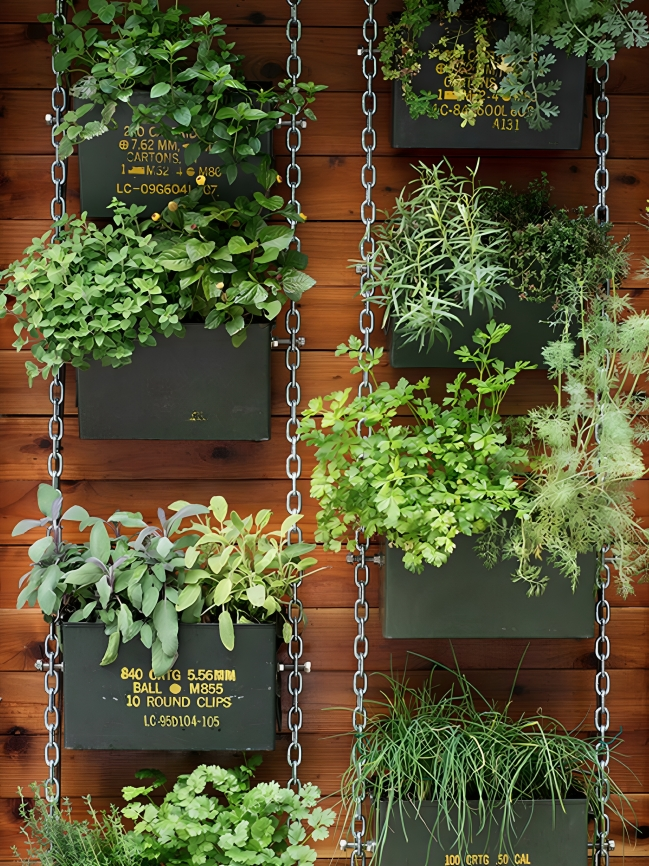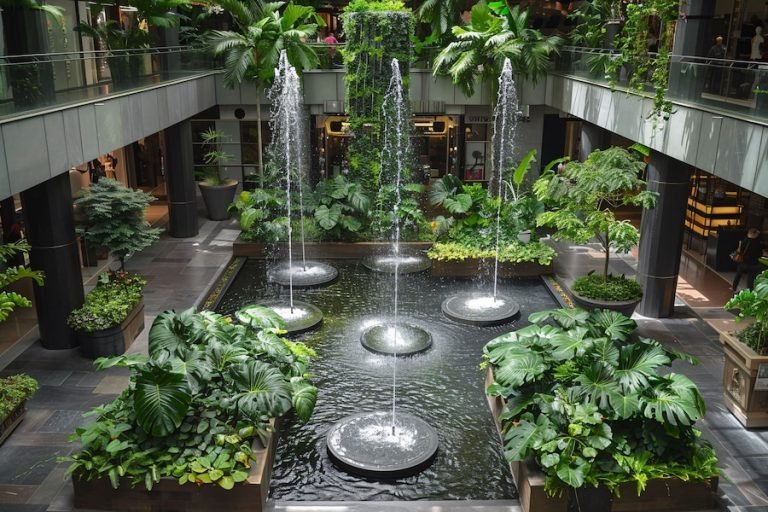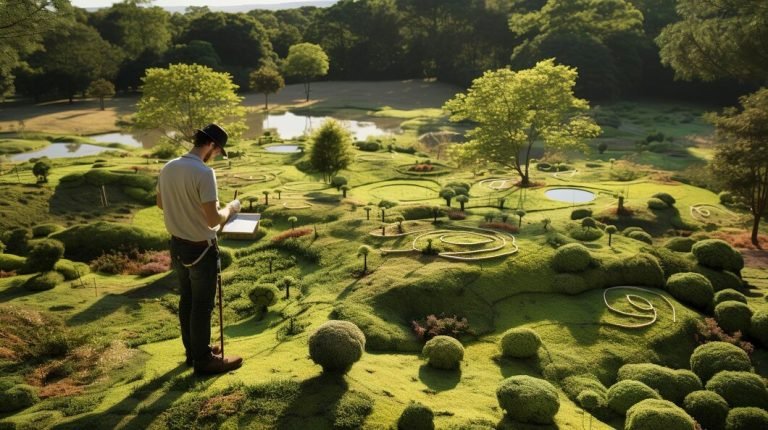Cultivating Growth Exploring the Fascinating World of Horticulture.
Horticulture, the science and art of growing fruits, vegetables, flowers, and ornamental plants, has played a pivotal role in human civilization for centuries. From sustaining communities with essential food crops to enhancing the beauty of landscapes with vibrant blooms, horticulture encompasses a diverse range of practices. In this article, we’ll explore the multifaceted world of horticulture, its historical significance, key principles, and its vital role in modern agriculture and environmental conservation.
To know more about it please click here
Historical Roots of Horticulture
The roots of horticulture trace back to ancient civilizations, where communities cultivated plants for sustenance, medicine, and aesthetics. Mesopotamian, Egyptian, and Chinese cultures are known for their early horticultural practices, incorporating advanced irrigation systems, crop rotation, and plant breeding.
Key Principles of Horticulture
- Crop Production:
- Horticulture includes the cultivation of fruits, vegetables, herbs, and nuts. Crop production techniques range from traditional open-field farming to modern hydroponics and greenhouse cultivation.
- Floriculture:
- The art of growing and arranging flowers, and floriculture focuses on the aesthetic aspects of horticulture. This branch contributes to the ornamental beauty of gardens, public spaces, and the floral industry.
- Landscape Design:
- Horticulture plays a vital role in landscaping, where the principles of plant selection, arrangement, and maintenance are employed to create visually appealing and environmentally sustainable outdoor spaces.
- Plant Propagation:
- Techniques such as seed germination, grafting, and cutting propagation are essential in horticulture for the reproduction and multiplication of plants with desirable characteristics.
- Soil Management:
- Understanding soil composition, fertility, and structure is critical in horticulture. Practices like composting, soil amendments, and erosion control contribute to sustainable plant growth.
Modern Applications of Horticulture
- Sustainable Agriculture:
- Horticulture practices contribute to sustainable farming by promoting organic cultivation, agroforestry, and permaculture. These methods aim to reduce environmental impact and enhance soil health.
- Urban Farming:
- As urban spaces expand, horticulture adapts to meet the demands of city dwellers. Rooftop gardens, community gardens, and vertical farming are innovative approaches to urban agriculture.
- Biodiversity Conservation:
- Horticulture plays a role in conserving plant biodiversity by preserving and cultivating endangered or rare plant species in botanical gardens and seed banks.
- Therapeutic Horticulture:
- Recognizing the therapeutic benefits of interacting with plants, horticulture is increasingly used in therapeutic settings such as hospitals, rehabilitation centers, and community programs.
- Research and Innovation:
- Ongoing research in horticulture focuses on developing disease-resistant crops, improving cultivation techniques, and exploring the potential of genetic engineering to address global food security challenges.
Challenges and Future Outlook
While horticulture continues to thrive, it faces challenges such as climate change, resource depletion, and the need for sustainable agricultural practices. Innovations in precision agriculture, water management, and genetic technologies are anticipated to play a crucial role in overcoming these challenges.
To know more about it please click here
Conclusion
Horticulture, with its rich history and evolving practices, remains a cornerstone of human interaction with the plant kingdom. From the practical aspects of food production to the aesthetic contributions in landscaping, horticulture encompasses a diverse array of disciplines. As we navigate the complexities of modern agriculture and environmental sustainability, the principles and innovations within horticulture will undoubtedly play a vital role in shaping the future of our relationship with plants and the natural world.







